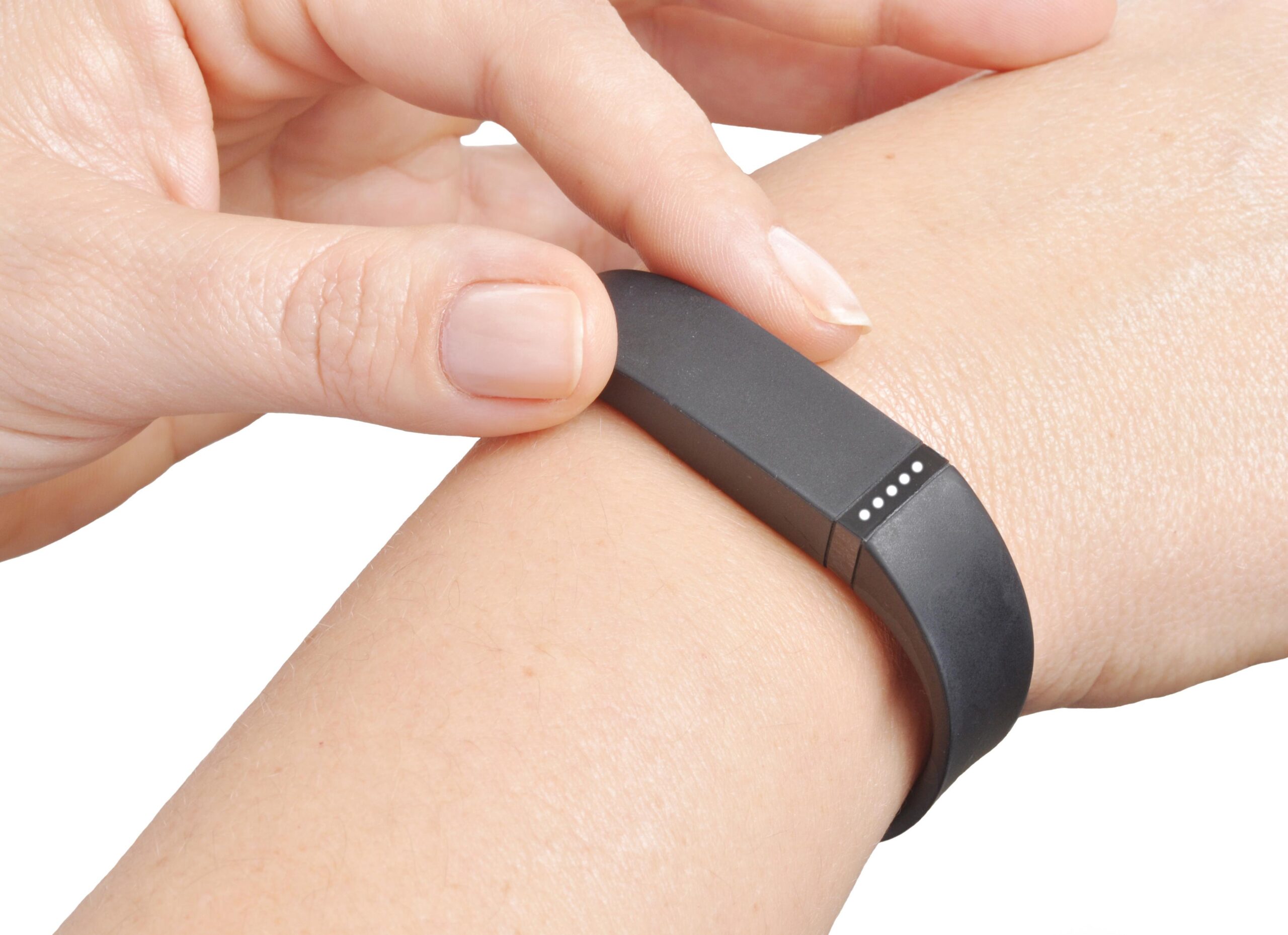Does FitBit Fit Into Your Entrepreneurial Lifestyle?

It’s one of the latest innovations in wearable technology and just had a very successful IPO. Fitbit monitors your fitness, keeps you motivated, and basically reports back how much of a couch potato you are.
This fitness tracker is one of the wearable tech options with the longest battery life, lasting up to five days under normal usage. And, it only takes between one and two hours to fully recharge.
As an entrepreneur, such technology can help keep off the unwanted weight that creeps in with 50 or 60+ hour work weeks. But is it worth it? And how does it work?
My FitBit Lifestyle
As an early FitBit adopter, and an entrepreneur steeped in the tech industry, keeping tabs on how much I move is critical. There are countless studies, warnings and op ed pieces that talk about how much people sit, from your desk to the car. It’s why standing desks and treadmill desks have increased in popularity even though they still haven’t truly gone mainstream. A watch that gives you data about your habits seems to have what it takes to keep entrepreneurs moving more.
Right before I wrote up this piece, I got the familiar three-buzz alert that I had reached my 10,000 step goal for the day. If you haven’t worn a pedometer before or another device to track your steps, you might be wondering just how much that is. Spoiler alert: If it wasn’t for those daily one hour elliptical sessions at a fairly high speed and resistance, I would never reach it. Unfortunately, FitBit doesn’t have the capacity (yet) to count spin classes, cycling, or the benefits of lifting and yoga beyond measuring your heart rate.
Customize Your Coach
There are several different types of FitBits on the market, and I went with the basic plus heart rate monitor (FitBitHR). Although I wouldn’t consider myself a connoisseur of heart rate monitors, this one actually works quite well compared to the traditional “strap on your chest” variety (without the need to strap anything on your chest). In terms of actual heart rate, it’s usually within 15 bpms of the machines at the gym, as well as old school techniques like actually feeling your pulse and counting.
With the complementary website/app, you can adjust your weight, set goals, log your caloric intake and sign up for motivational updates. Basically, you can get just about as detailed as you like. However, one of the best perks of FitBit is that you can wear it while you sleep. Sleep hygiene is critical for entrepreneurs since it’s the foundation for cognitive skills, memory, ambition, drive and creativity.
Sleep Fit?
Here’s the deal: FitBit might think you’re sleeping when you’re sitting in one place with a relatively low heart rate for an extended amount of time. Before I started using a standing desk a lot, my personal FitBit assumed I slept about 14 hours per day and woke up around six times per night. Any entrepreneur knows that logging 14 hours of sleep just doesn’t happen. In fact, sleeplessness and insomnia can particularly plague entrepreneurs. I’m lucky. I’d estimate my average night’s sleep at between six and eight hours.
So, is FitBit for you? Will it really make you walk more, work out more and sleep better? It’s a tool like any other, so it depends on how you use it and how committed you are. Seeing that you haven’t worked out and being reminded that you only took 2,000 steps might be what it takes to get you moving, or it might not. However, with a price range starting around $100, it certainly won’t be that much of a splurge and might be the home coach you need.



